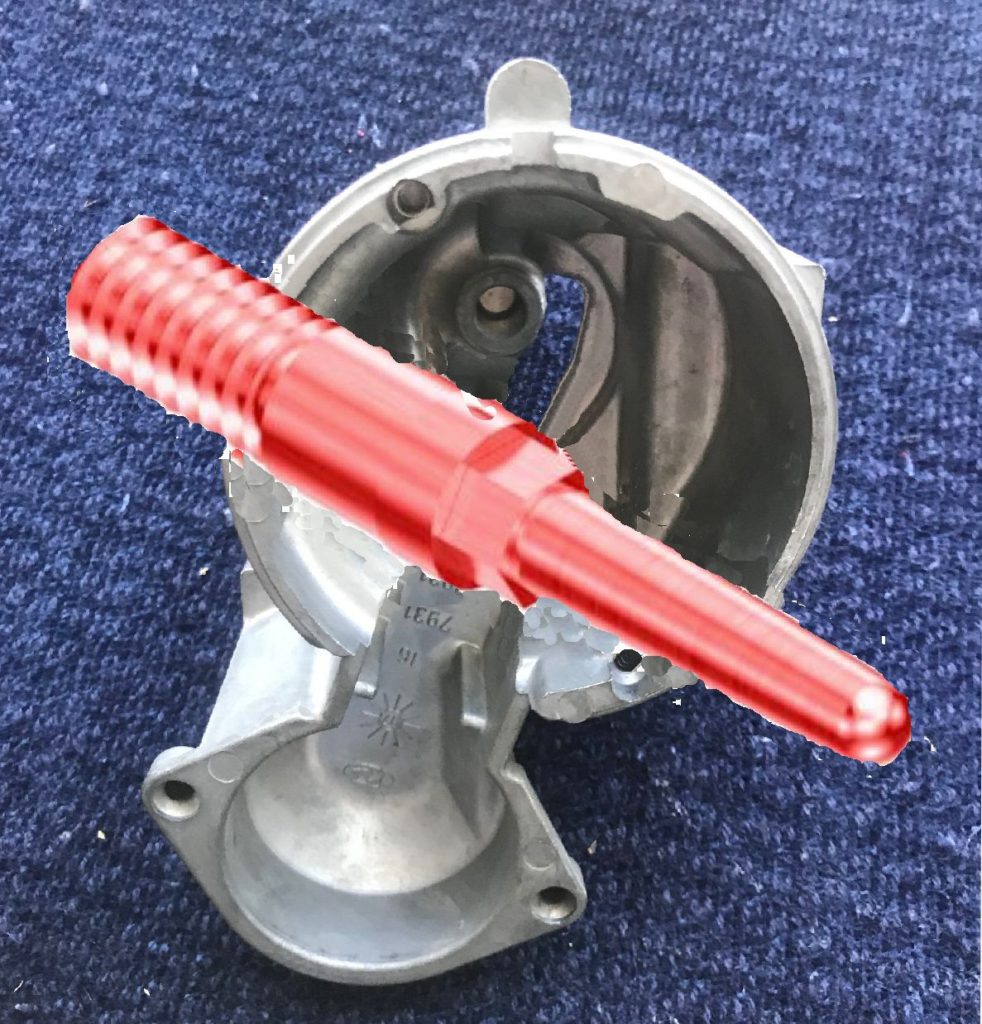
Core pins are normally used to solve the short life expectancy associated with near net cores. A good example is a starter nose casting. Because starters are high volume and unchanged from year to year they are very low cost margin products. Core pins create features such as chamfers that would normally be machined to achieve the required manufacturing cost. Very little wear can be tolerated on a core that is creating a feature that otherwise would be machined. This explains the short core life.
On many larger parts it is possible to incorporate holes for traditional core pins without encroaching into the thermal passages. On a part like a starter nose adding traditional cores messes up the die cooling on the ejector side of the die. I even worked for a guy who tried building a die for this part without cores. Front load cores can be installed on top of the thermal passages. In addition to solving the cooling issues it became possible to renew a broken core without pulling the die from the machine. This is very effective when you approach core renewal as a preventative maintenance activity replacing cores before they break.
